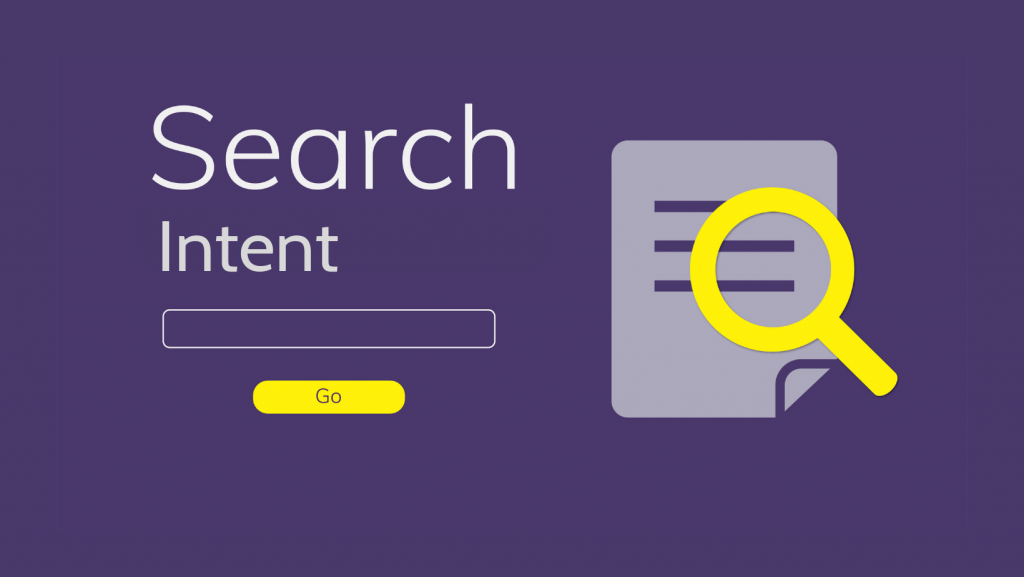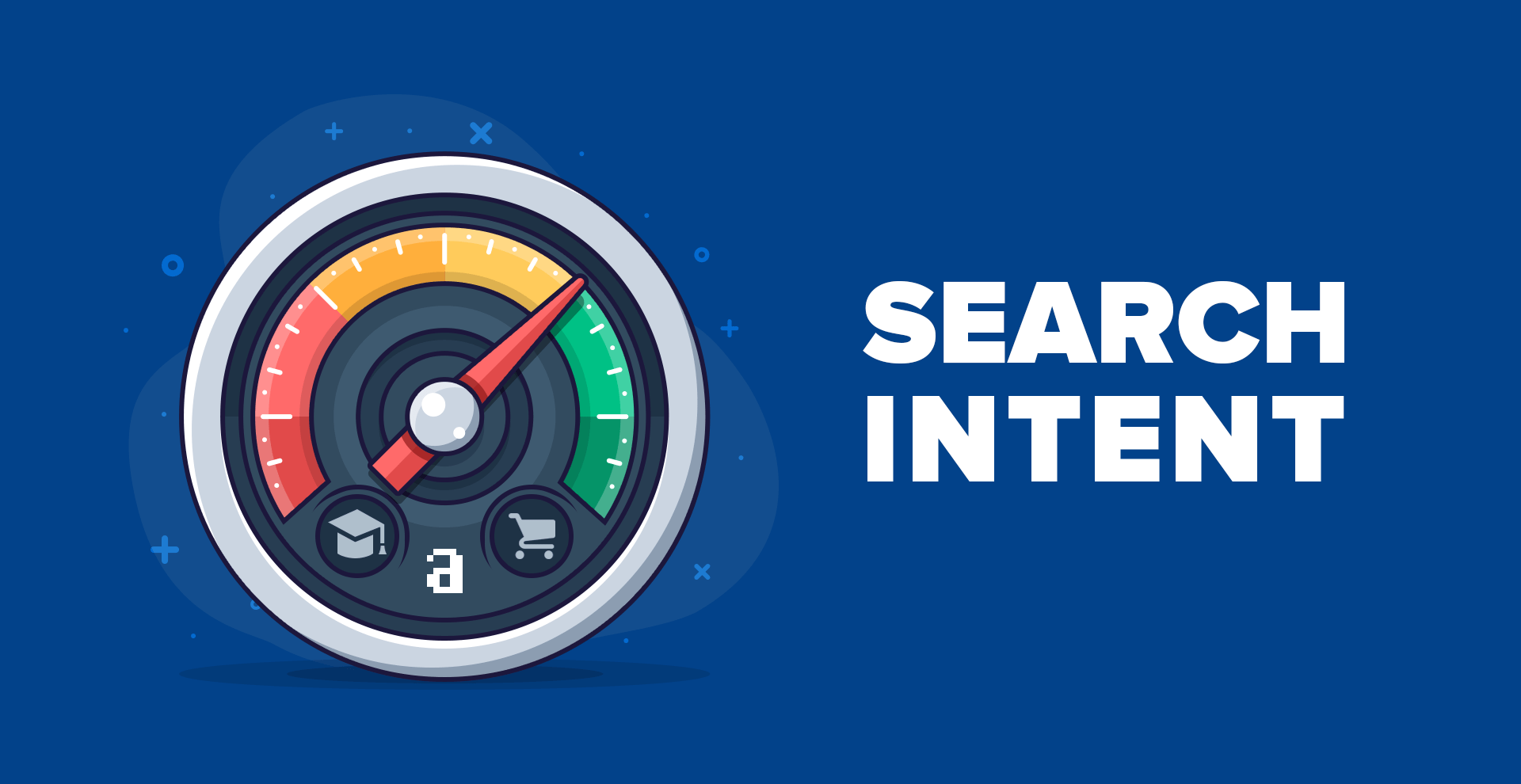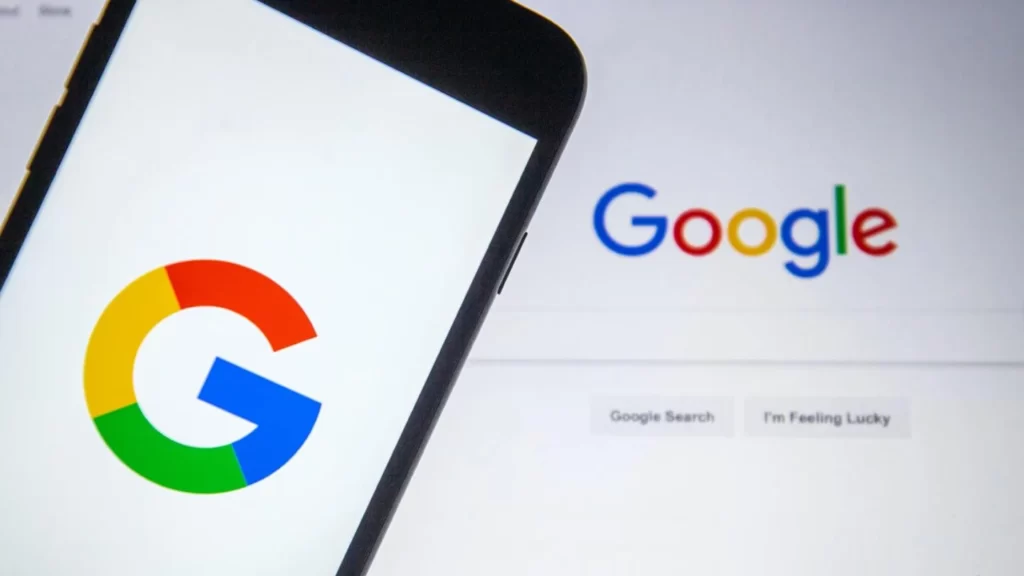Search on Google With the progression in the digital era of humanity, Search Engine Optimization is one of the most crucial steps to take. For your brand to progress and reach to potential customers, Search Engine Optimization is required to get the best out of business digitally. In the universe of Search Engine Optimization, User Intent or Search Intent is a word that flys around. User intent is critical to take into account as it ensures that the right keywords are in use. Furthermore, these keywords ensure that the search engines are primarily recognizing the keywords in the content and presenting them foremost after the search. When we choose target keywords, there’s the tendency and appeal to travel after those with the very best search volumes, but far more important than the keyword’s search volume is the Intent behind it.

What Is User Intent?
User intent tells you what the customers want. It is mostly about marketing. Once you focus less on the keywords, you should always target and more on the way to serve your website users or customers. That is when you will succeed in your strategy.
Google handles user intent by watching the query’s meaning. Take, as an example, when someone searches for “Pitbull,” they’re either trying to find information about the dog or the artist. Google uses the opposite words and phrases within the query to work out what the user wants more information about then displays the relevant results.
Successfully aligning with user intent means creating content and an identical title that satisfies the search query. This has become a necessary part of the Search Engine Optimization strategy needed to maximize click-through rates.

Types Of User Intent
Listed below are the three primary sorts of user intent: The types of user intent queries are referred to as Do-Know-Go.
1. Transactional(Do): the user is looking for a selected product or service.
Search – “shoes” or “mobile phones” or the actual name of a product.
User Intent – seeking online shopping websites containing that product.
2. Informational(Know): the person wants to find out something.
Search – “travel blogs” or “fashion guide.”
User Intent – seeking a piece of writing that includes the respective topic of the search.
3. Navigational(Go): the user is looking for a selected website.
Search – “Times Of India,” or “The Hindu.”
User Intent – user is finding a link to a specific website.
Applying User Intent To Digital Strategy
Before doing anything, you first want to learn which search queries bring Traffic to your website. One of the most mainstream ways to do this is often to look at your Google Webmaster Tools reports. You can do that by navigating to look Search Queries< Traffic.
Once you learn thoroughly which search queries bring the Traffic, you will take a better check as to what the user intent behind each of them. Categorize them supported where they fall under the three sorts of queries. Do not worry about the navigational; from an SEO standpoint, you’ve already won those. Focus your efforts on the informational queries and, therefore, the transactional queries.
Logic Behind User Intent
In 2006, the University of Hong Kong research found search intent/user intent to be segmented into two search goals at a primary level.
A user is explicitly looking to seek out information concerning the keyword(s) they need to use.
Moreover, a user is trying to find more general information on a few topics.
A further generalization and intentions get split into how specific the user is and how exhaustive the user is.
Furthermore, specific users have a narrow search intent and don’t deviate from this, whereas an exhaustive user may have a broader scope around a selected topic or topics.

Search on Google And Intent
Google displays different results on studies conducted to understand the User Intent on a specific question.
Google’s Paul Haahr gave an excellent presentation in 2016, showing how Google returns results from a ranking engineer’s perspective.
The Search Quality Rating Guidelines echo this. Section 3 of the details of the rules the “Needs Met Rating Guidelines” and the way to use them for content.
The scale ranges from Fully Meets (FullyM) to Fails to satisfy (FailsM) and has flags for whether or not the content is a foreign language, not loading, or is upsetting and offensive.
The raters are critical of the websites they display in web results and the Special Content Result Blocks (SCRB), aka Rich Snippets, and other search features that appear additionally to the “10 blue links”.
Fractured Intent
Fractured user intent occurs when a SERP contains articles that serve different purposes. The primary popular user intent comes out on top in these SERPs, regardless of how good your content is.
So, it is essential to ensure that your content ranks highly on SERPs where the top-ranked articles match the user intent you’re targeting.
The more general the query is, the more possible interpretations there are for explicit Intent. If you want to capture a SERP together with your content, it helps to believe what search queries your audience might make that wouldn’t immediately be obvious.
You can then split these intents up and use them as topics for various articles, as SEOs sometimes do with long-tail keywords and Strategic Intent. This alone should assist in giving you tons of great ideas for a blog post.
If you’ve covered all the opposite bases of technical SEO, you’d have a way better shot at getting a featured snippet.
Intent Classification
Suppose, over time, an excessive number of internet sites produce different content and influence user search behavior through marketing and other means. In that case, the output intent for a question will change.
Conclusion
Overall, User Intent is an important factor to consider for your brand.
What a user wants, or what they are maybe thinking, that is needed to be kept in mind to get the most consumer traffic.
In addition, this will make sure that Google is showing your website foremost if everything gets done perfectly.




